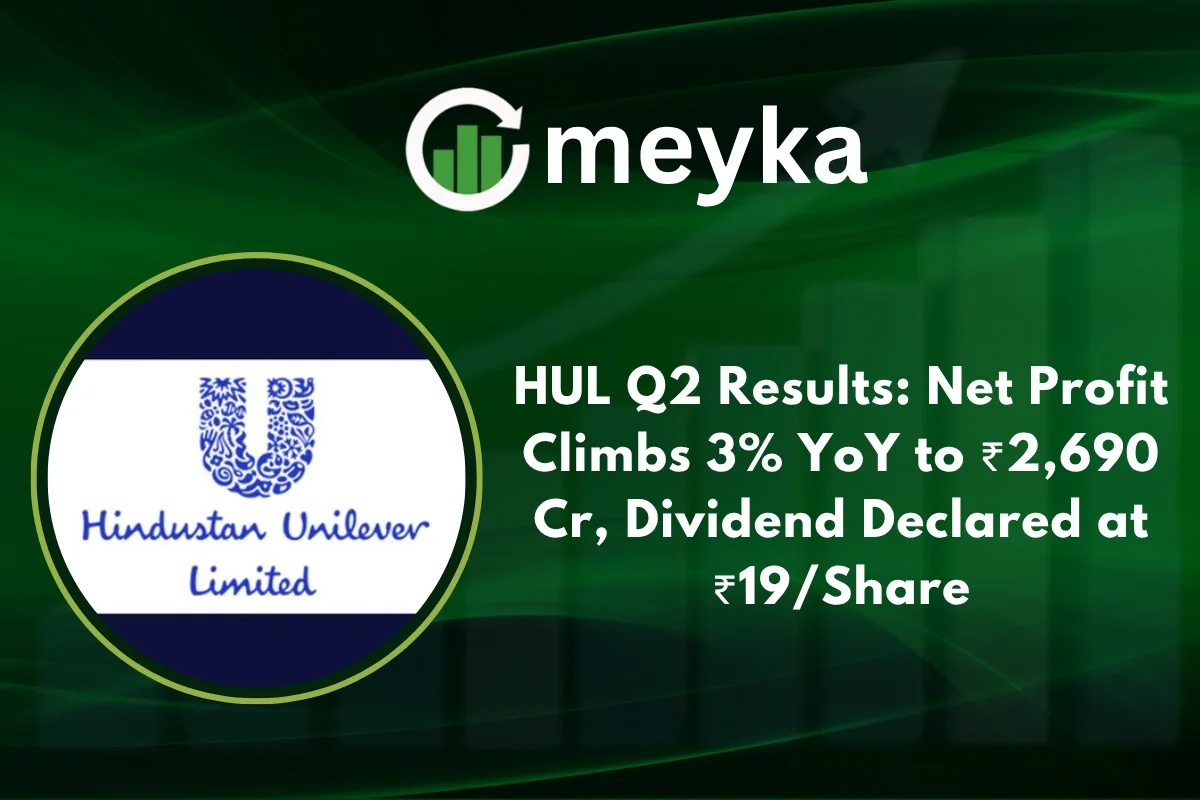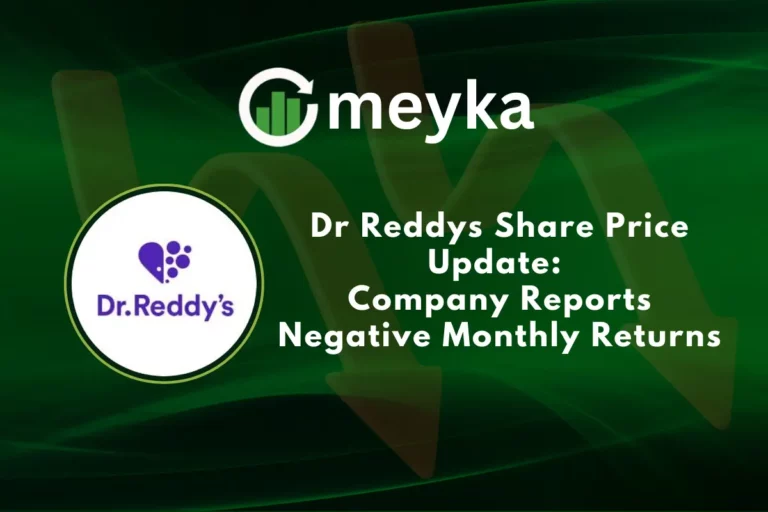HUL Q2 Results: Net Profit Climbs 3% YoY to ₹2,690 Cr, Dividend Declared at ₹19/Share
We are pleased to bring you an in-depth look at the recent quarterly performance of Hindustan Unilever Limited (HUL) and what it means for investors and the broader stock-market environment. With the keyword focus on HUL Q2, we explore the key numbers, strategic implications, and how this ties into broader themes such as stock research, investor sentiment, and the health of the FMCG sector.
Overview of the Q2 Results
In the second quarter (Q2) of the fiscal year, HUL reported a net profit of approximately ₹2,690 crore on a year-on-year (YoY) increase of roughly 3 %. This performance reflects modest but stable growth in a challenging macro-environment. The company also declared a dividend of ₹19 per share, underlining its commitment to returning value to shareholders.
This result confirms HUL’s resilience in the face of slower consumer demand, rising input costs, and competitive pressures. For context, HUL had previously seen some quarters with profit contraction; thus, a return to growth is noteworthy for market watchers and for stock-market participants looking at it among blue-chip stocks.
What the Numbers Tell Us
Revenue and Profit Growth
HUL’s revenue growth has remained modest, reflecting a mature business in the fast-moving consumer goods (FMCG) sector. The dip in growth momentum comes amid rising input inflation, slower urban demand, and competitive pricing pressures. Despite these headwinds, the company managed to expand its profit base – a sign of operational discipline.
Dividend Declaration
The ₹19/share dividend signals HUL’s confidence in cash flows and its ability to maintain shareholder rewards even in moderate growth scenarios. For investors interested in income-generating stocks, this is a positive sign. Dividend yield and consistency are often among the metrics used in stock research to select stable, lower-risk investments.
Segmental Performance
Although full detailed segmental data may not yet be publicly detailed, the typical trends show HUL’s home-care businesses (fabric wash, household care) performing relatively better than more discretionary categories in weaker demand. Premium segments (beauty, personal care) often remain under pressure when consumer confidence is soft.
Costs and Margins
Margins remain under watch. Rising commodity and packaging costs, coupled with slower price pass-through and competitive pricing, create margin squeeze risks. For the analyst community and stock market watchers, margin trends are critical: they often drive valuation multiples more than absolute profit numbers in mature businesses.
Why This Matters for Investors & the Stock Market
Benchmarking and Blue-Chip Status
HUL is regarded as a bellwether for consumer demand in India. How it performs offers clues for broader consumption trends, which in turn affect many other stocks in the mid-cap and small-cap sectors. When investors do stock research, HUL’s performance is often used as a proxy for consumer sentiment.
Income Focus in a Changing Market
In times of interest-rate uncertainty or slower growth, dividend-paying stocks gain appeal. The ₹19/share payout reinforces HUL’s positioning as a stable income-oriented equity. For long-term portfolios seeking defensive characteristics, this is relevant.
Broader Themes: Urban vs Rural, Premium vs Value
HUL’s result reinforces some larger structural themes in India’s consumption story, urban demand continues to lag, while rural recovery is gradually visible. Premium portfolios (higher-end personal care, beauty) are under pressure when value alternatives gain share. These patterns form part of the stock-market narrative and often show up in sectoral flows (e.g., FMCG stocks versus tech or AI stocks).
Comparison With Growth Areas
While HUL grows moderately, contrast this with sectors like AI stocks or technology-driven businesses, where growth potential is high (though risk is higher). This sets up a diversification argument: balancing steady dividend-paying stocks like HUL with higher growth but higher-volatility stocks.
Strategic Outlook & Risks
Outlook
Given the current environment, we expect HUL will aim to sustain growth via:
- Focus on premiumisation and increasing share of higher-margin products.
- Continued expansion in rural and semi-urban markets, where growth is relatively stronger.
- Operational efficiencies to offset cost pressures.
- Maintaining the dividend policy so that investor confidence remains intact.
Key Risks
- Input cost inflation: A Sharp increase in commodities, packaging, and logistics could squeeze margins.
- Weak consumer demand: If urban demand remains sluggish, volume growth may slow further.
- Competition: Value brands and private labels may erode HUL’s brand-premium positioning.
- Currency fluctuations: HUL has import exposure; adverse forex moves could hurt costs.
Implications for Stock Research & Portfolio Construction
For those engaged in stock research, HUL offers several lessons:
- Look beyond headline profit to segmental drivers and margin trajectory.
- Assess dividend sustainability: steady pay-out despite moderate growth is a plus.
- Compare HUL to peers in the FMCG sector to gauge relative strength.
- Factor in macro-consumer trends: rural vs urban, value vs premium, inflation pressures.
- Use HUL as a stabiliser in your portfolio if you are balancing more aggressive growth stocks (for example, those in tech/AI) with more defensive plays.
HUL Q2 in a Nutshell
To summarise: the HUL Q2 result shows a solid but unspectacular rebound, with net profit growth of about 3 % YoY and a dividend of ₹19/share. While the growth rate may not excite high-octane growth investors, for those seeking stability, income, and exposure to India’s consumer story, HUL remains a key pick.
In the broader stock market context, HUL’s performance reflects the mood in the consumer sector, steady yet challenged by cost pressures and demand headwinds. Investors conducting stock research should note that while growth may be modest, a consistent dividend and strong brand portfolio still hold appeal.
We continue to keep a close eye on upcoming quarters for HUL, tracking margin trends, volume growth, and premiumisation momentum, these will be the levers that determine whether the company can accelerate above the ~3 % growth mark and re-earn higher valuations from investors.
FAQs
“HUL Q2” refers to the second quarter results of Hindustan Unilever Limited (HUL). In India, this typically refers to the quarter ended on September 30th for the fiscal year.
A dividend of ₹19 per share signals HUL’s strong commitment to returning cash to shareholders. Although growth is modest, this consistency in payouts adds to the company’s credibility as a stable investment option.
HUL is often used in stock research as a barometer for consumer-demand trends in India. Its performance has implications for a wide range of stocks, especially in the FMCG sector. Investors may balance HUL (a stable, income-oriented stock) with higher-growth stocks such as those in the tech or AI-driven space.
Disclaimer:
The content shared by Meyka AI PTY LTD is solely for research and informational purposes. Meyka is not a financial advisory service, and the information provided should not be considered investment or trading advice.






